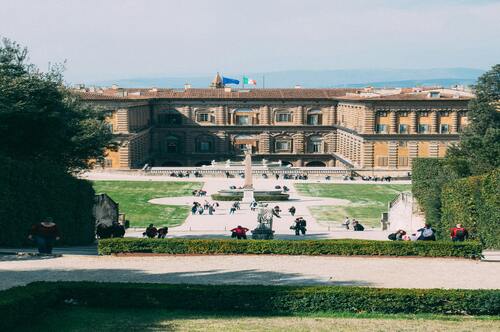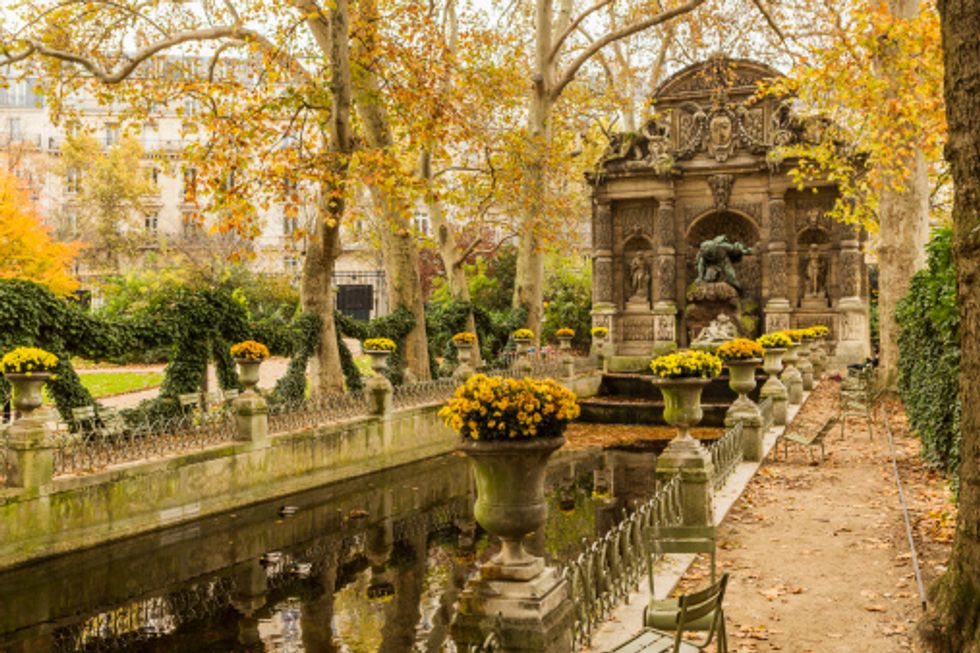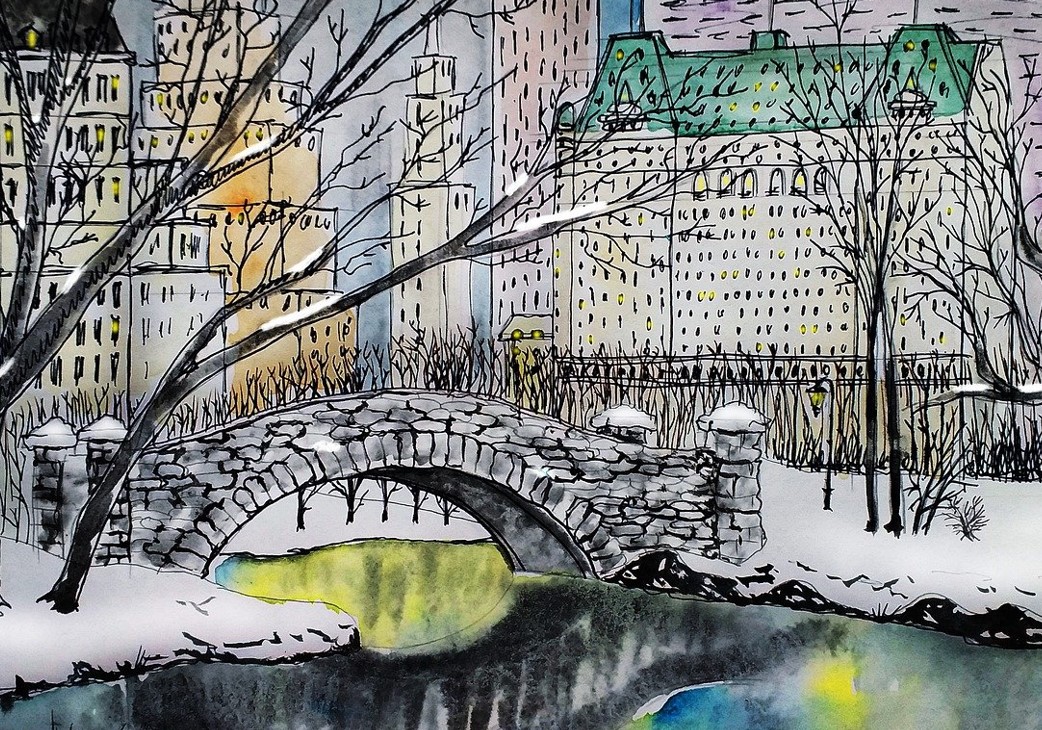
How to fall in love in the Luxembourg Gardens


One day the air was mild, the Luxembourg was flooded with sunshine and shadow, the sky was as clear as if the angels had washed it in the morning, the sparrows were twittering in the depths of the chestnut trees, Marius had opened his whole soul to nature, he was thinking of nothing, he was living and breathing, he passed near this seat, the young girl raised her eyes, their glances met. — Victor Hugo, Les Miserables, 1860
One of the most famous and beautiful love scenes in all of literature is set, where else, but in the heart of the City of Love: The Luxembourg Gardens. The author is Victor Hugo, the novel is Les Miserables, the year is sometime in the early 1800s, and the lovebirds are Marius and Cosette. Well, Marius and Cosette plus a certain somber third wheel, known to some as the ex-convict Jean Valjean, to others as the gardener Ultime Fauchelevent, yet only to Marius as the white-haired overbearing father, Monsieur LeBlanc. Cosette is Mademoiselle LeNoir, the plain Jeanne who wears black on her daily promenades with her father.
A Chance Encounter
Marius had thought little of the pair until one pivotal day, when Cosette finally blossoms into the stunning realm of womanhood. Everyday, he goes to the Luxembourg Gardens in anticipation of seeing them promenading along the same path. He sits on the same bench, pretending to read a book while secretly awaiting his anonymous beloved. In an unforgettable scene, Valjean’s (or Fauchelevent’s, or LeNoir’s) handkerchief blows away to Marius’s luck, and he thinks it belongs to the girl. It bears the initials, U.F. He imagines that her name must be, what else, but Ursula. He covets the handkerchief like a relic.
For those who haven’t read the book (or seen the musical), things for Marius and Cosette turn out a lot better than for many of the other characters in the appropriately melancholic story that its title foreshadows. But I’m here to talk about their famous meeting place, the Luxembourg Gardens: the place where one doesn’t have to be fictional or live in the 19th century in order to fall in love.
An Italian Inspiration
 Boboli Gardens and Pitti PalaceLYSVIK PHOTOS
Boboli Gardens and Pitti PalaceLYSVIK PHOTOS
The history of the Luxembourg Gardens dates back to 1612, when plans for the massive oasis were initiated by Queen Marie de Medici. Inspired by the Boboli Gardens in Florence, this park would be ideally located between the bustling Saint-Germain-des-Prés and the Latin Quarter of Paris. The gardens are both French- and English-style, with 25 hectares of land housing an apple orchard, apiary, and orchid- and rose-filled greenhouses.
But the natural beauty is not the only remarkable thing about the gardens. There are 106 statues, which transform the gardens into an outdoor museum. There’s the lush and regal Medici fountain, the Orangerie, and Pavillon Davioud. Kids are welcome to indulge in a variety of activities including seeing puppets, going on pony rides, and enjoying slides. There’s also chess, tennis, bridge, and remote controlled boats to race in the fountains. Visitors can also see free photography exhibitions on the garden railings and attend concerts in the bandstand.
 Medici FountainMaremagnum
Medici FountainMaremagnum
Find Marius’s Bench
When you enter the gardens, your first mission will be where to sit. Whether you seek a bench in the sun or a bench in the shade, one by a fountain or by a tree-lined path, one by the ponies or the tennis courts, you’ll be able to find a beautiful vantage point from which to write in your journal, sunbathe, people-watch, eat a sandwich parisien, or pretend to read. Trust me, you won’t get any reading done.
See flamenco dancers perform at the bandstand in white dresses and with red carnations in their hair. Look deep into the pools of the Medici fountain. Breathe in the delicate scent of flowers. Listen to the polite pop of tennis balls. Picnic under the trees. Take your time. Fall in love.


